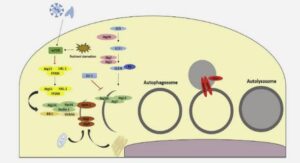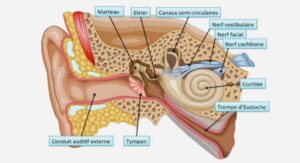Pediatric Cataract Surgery
INTRODUCTION
Cataracts in childhood not only reduce vision but also interfere with normal visual development.1–3 The management of pediatric cataracts is far more complex than the management of cataracts in adults. The timing of surgery, the surgical technique, the choice of the aphakic correction, and the amblyopia management are of utmost importance in achieving good and long-lasting results in children.4–10 Children’s eyes are not only smaller than adults’ eyes, but their tissues are also much softer. The inflammatory response to surgical insult seems more pronounced in children, often because of iatrogenic damage to the iris.11 During the past two decades, the refinements that have occurred in adult cataract surgery have contributed to the further development of pediatric cataract surgery (PCS).2,4–8 Certain adaptations and modifications in surgical technique are required to achieve results similar to those achieved in adults.2–8 Furthermore, postoperative amblyopia management forms an integral part of visual rehabilitation in children.
HISTORICAL REVIEW
Discission of soft cataracts was first described by Aurelius Cornelius Celsius, a Roman physician who lived 2000 years ago. Because of its simplicity, discission remained the method of choice until the middle of the twentieth century. The technique consisted of lacerating the anterior capsule and exposing the lens material to the aqueous humor for resorption and/or secondary washout. Repeated discissions were often required to manage the inevitable secondary cataracts.2,11 Many early complications, e.g., plastic iritis, glaucoma, and retinal detachments were associated with these early techniques.2,11 With the advent of vitrectomy machines and viscoelastic substances, as well as the refinements in cataract surgery, these complications have been reduced markedly over the past two decades.
PREOPERATIVE EVALUATION AND DIAGNOSTIC APPROACH
A careful history assists the clinician in selecting the investigations needed for determining the cataract’s etiology.2 Problems during pregnancy (e.g., infections, rashes or febrile illnesses, exposures to drugs, toxins, or ionizing radiation) should be elicited. Family history of cataracts in childhood or other ocular abnormalities can be relevant. Both parents and all siblings should be examined with a slit lamp to determine any lens abnormalities. When family history is positive, consultation with a geneticist is recommended. A thorough examination by a pediatrician to assess the child’s general health and elicit information about other congenital abnormalities is mandatory. Laboratory tests in children who have bilateral cataracts in nonhereditary cases are listed in Box 5-13-1. Most unilateral pediatric cataracts are idiopathic and do not warrant exhaustive laboratory tests. The ophthalmologic part of the evaluation starts with a complete ocular examination, which includes an assessment of visual acuity, pupillary response, and ocular motility. Biomicroscopy follows and might necessitate sedation or even general anesthesia in very young patients. Indirect fundus examination with dilated pupils is made unless the cataract is complete. A- and B-scan ultrasonography is carried out in both eyes to compare axial lengths and to discover any posterior segment abnormalities. Earlier photographs should be examined for the quality of the pupil’s red reflexes. This might help to date the onset of the cataracts.
ALTERNATIVES TO SURGERY
The development of metabolic cataracts, such as those found in galactosemia, can be reversed if they are discovered in the early phases. With the elimination of galactose from the diet, the early changes in the lens, which resemble an oil droplet in the center of the lens, can be reversed.12 Later on, lamellar or total cataracts develop, which require surgery. When lens opacities are confined to the center of the anterior capsule or the anterior cortex, mild dilatation of the pupils with homatropine 2% twice daily can improve vision and postpone the need for surgery. Photophobia and partial loss of accommodation are side-effects of this measure. This temporary management should be implemented only in bilateral cataracts in which vision is equal in both eyes and better than 20/60.
ANESTHESIA
General anesthesia is presently the only anesthetic option in PCS. It is extremely important to request deep anesthesia throughout the procedure in order to minimize iatrogenic damage to iris and cornea.



